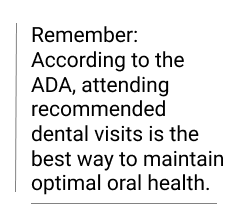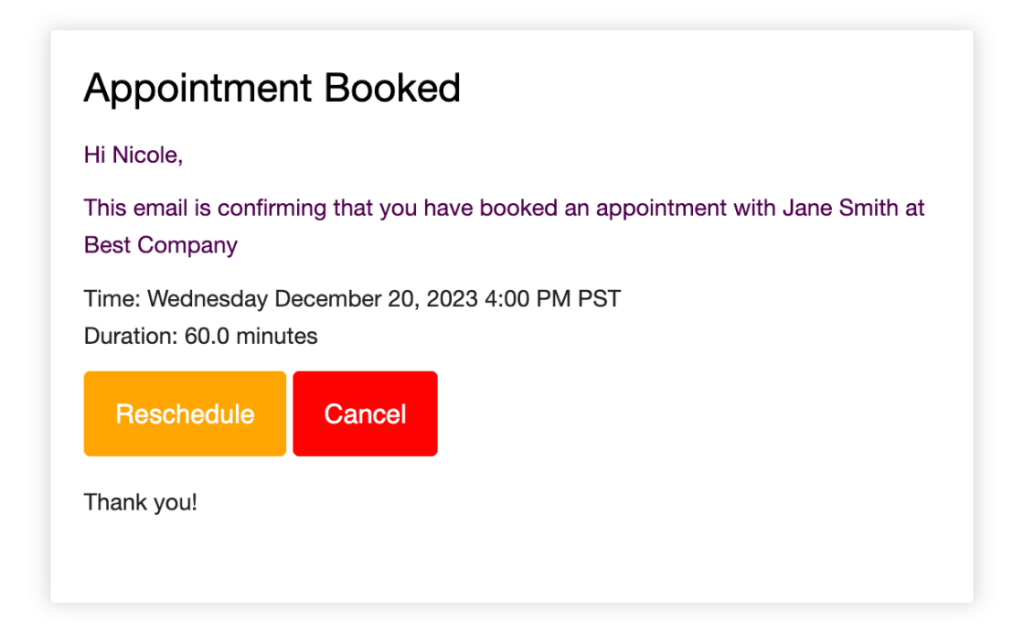Estimated reading time: 7 minutes
Appointments can be unpredictable.
Any business that operates with patient or client appointments knows that the logistics of booking, keeping, confirming, and managing appointments presents a number of huge challenges. People forget, don’t show, are late, or have to reschedule at the last minute. Each scenario introduces a number of additional logistical hurdles and headaches.
But one thing that helps alleviate most of the problems with booking and maintaining an appointment schedule is appointment confirmations.
This simple tool—asking every patient or client to confirm their appointment or reschedule for a more convenient time—can dramatically reduce no-shows and late arrivals.
With Apptoto, our clients find that once an appointment is confirmed, there is a 90% chance it will not be rescheduled. This level of success is huge for any appointment-based business.
But how do you get more people to confirm their appointments to improve turnout?
This guide will look at how you can use science and psychology to get more clients or patients to confirm their appointments and then arrive as scheduled.
Breaking Down What Motivates Clients to Confirm Their Appointments
If we break down the factors that impact the likelihood of someone confirming and arriving for their scheduled appointments, we have a few basic factors that will influence the outcome:

Although you can’t control mitigating circumstances, such as if someone is sick, has a last-minute change of schedule, or other cases—you can have an influence on the remaining factors that go into someone confirming and arriving.
Let’s analyze each factor in depth. We’ll uncover specific tactics that will help us exert some level of control over the outcome of the situation and confirm more appointments.
Intrinsic motivations
This is the level of motivation a client or patient has to confirm and appear for their appointment based on their needs and desires. The person largely controls their own desires. But, you can exert some influence on their level of internal motivation by framing and reinforcing the importance of the appointment from their perspective.
This is an important distinction, of course. We often think of appointments in terms of our business and how missed appointments impact our day.
But from their perspective, there are other reasons why they are motivated to act a certain way regarding their appointment.
In this case, there are two different actions we want the person to take. We must consider their internal motivation for doing each one.
Those two actions:
- Confirm the appointment (improve the likelihood of attending)
- Attend the appointment

From that point, we can identify specific tactics that will help us achieve the best outcome.
Discuss the benefits
Many companies send reminder messages that focus on the basics—day, time, place—but not much else. This is a big missed opportunity to reinforce why the person should want to attend their appointment.
Consider the fact that most appointments are made for a specific reason. The person has a problem that they need to solve or something they are worried about and need answers to. This motivation can sometimes be diminished over time, but you can use it to your advantage.
Try sending a personalized reminder that provides motivation without compromising privacy. If you run a dental practice, include a reminder that patients who attend their regular cleaning are less likely to have cavities. If you are a financial planner, tout the fact that you’re able to help your clients save 20 percent more for retirement than they would on their own.
The point is to create a reminder of the underlying value of the appointment.
Use inviting language
Create short and concise messages. But also use warm and welcoming language to make them feel at ease about attending the appointment. This will help you build rapport and comfort with your clients or patients.
Something as simple as a friendly greeting or personalized message can go a long way in making someone’s day and helping them feel more confident about their scheduled appointment.
Extrinsic motivations
Outside of internal motivations, you also have external forces that give people motivation to take a certain action. These factors are things like social norms, punishments, rewards, and other systems and processes that encourage people to either take an action or deter them from doing so.
These motivations can come in a number of forms. You can reinforce the internal motivations that someone has and give them an additional reason to confirm their appointment and stick with their scheduled meeting.
Communicate rules
If you have a no-show fee or rescheduling cutoff date, you should make sure that these are well communicated in a cancellation policy.
At the very least, this sets expectations early on that your practice has specific procedures, which are both put in writing and taken seriously by the staff.
Some businesses find that having late arrival or no-show fees can help deter people from missing their appointments. But it’s generally advisable to use these measures as a last resort when other communication methods are ineffective.
Use social norming
Make sure that appointment holders know their spot is important in your schedule and that their actions will affect others. This will provide some social pressure that will help keep things running smoothly.
Try sending a message that clearly says that by confirming their appointment, they will be locking in a block of time meant just for them — and that other people will be counting on them to follow through on that confirmation.
For example: “This time is reserved expecially for you and Dr. Weisman. Please give at least 24 hours notice if cancelling or rescheduling.”
Perhaps include some additional detail to encourage positive behavior, like saying that most clients or patients arrive for their appointment 15 minutes beforehand. This subtle statement cues the person that there are social expectations about their behavior. They will be more likely to follow suit rather than risk being among the minority of people who break these expectations.
Preparedness
Last but not least, clients or patients need to feel adequately prepared for their appointments.
Even if patients have a plethora of internal and external motivations for attending, they may not show up if they feel unconfident, unprepared, or simply too stressed out. Do they know where they are going? Where they’ll park? The time, date, and who they will be seeing?
Giving your clients or patients confidence goes a long way to ease any fears or anxiety about the appointment.
Send an immediate notification about the appointment
Avoid someone forgetting to add an appointment to their calendar by sending a booking confirmation message right after the appointment is scheduled. They can add it to their schedule when it’s top of mind, reducing the chance of getting busy and forgetting.

Reminders are useful, but if the time is not blocked off on their calendar, they may be unable to stick to their appointment.
Send reminder(s)
The most obvious thing you can do is send appointment reminder messages to your clients or patients about their upcoming visit. This reminds them of the upcoming appointment. It also communicates to them that your business has set aside special time for them.
Experiment with sending reminders at different times and intervals and potentially change up the language to optimize the process and achieve the best turnout. All of this is easily managed with Apptoto.
Customize the medium of your reminders
As part of your reminder strategy, you should carefully consider the medium you use to send those messages. Although text or email may work for some, others may need a phone call or vice versa. With Apptoto, you can use one or all three. Keep in mind that reminders can’t serve their purpose if they’re never received. That’s why finding the preferred method for your clientele is important.
Provide all relevant information
One often overlooked thing is the importance of providing relevant information someone might need to know before attending. It may be necessary to include directions, parking instructions, or other useful information to make someone feel more comfortable.
These small changes to your messaging can make a huge difference and give someone the extra boost they need to confirm their appointment and then arrive as expected.
Building a Robust Strategy that Drives More Confirmed Appointments
The beauty of these tactics is that they don’t have to stand alone.
You can combine each of these elements to form a robust strategy for ensuring more patients/clients arrive as expected.
Try testing a combination of these approaches, measuring results, and then testing other combinations. Your goal should be to maximize the effectiveness of your communications without burdening people with heavy-handed reminders or excessive messaging.



